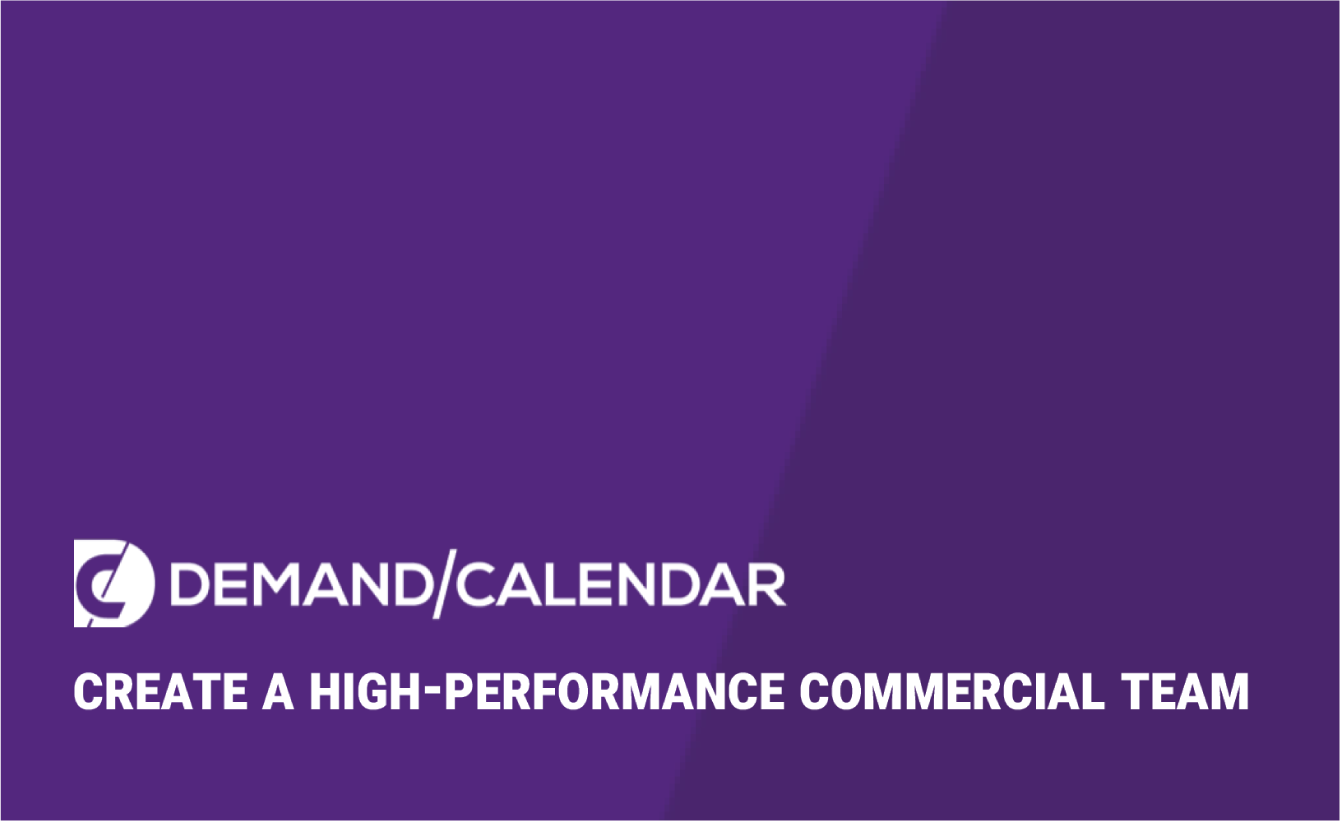The meeting is an excellent concept for driving a business towards visions, objectives, and goals. The right commercial meetings are an efficient
format to get everyone aligned, create ideas and ensure that everyone on board knows what they are expected to contribute.
Managers often complain that meetings can take up most of a day's work. Where there's a lot of meetings, there's usually a loose organization. A high number may mean a lack of standard operating procedures or that your employees are spending too much time making sure everyone is on the same page. Few but efficient meetings will keep up the momentum and drive the team towards long-term success.
Make meetings productive
Meetings need to be productive to achieve the intended results. The best practice is to categorize meetings based on the purpose and content instead of having one category of a meeting where everything is discussed. All meeting categories share the same purpose; to get input (internal and external) from others and learn from insights based on facts (data). Only by sharing information, collaborate in analysis, and having a willingness to improve will increase the odds to reach the long-term objectives and goals. Teamwork manifests itself when there is an openness for ideas and learnings in these meetings.
Four major meetings
There are four major commercial meetings apart from the crucial one-to-one meeting to coach and align individual team members towards the overall vision as well as helping them reach personal goals.
The Status Meeting is a 45-minute weekly meeting to fine-tune short-term planning and forecasts.
The Knowledge Meeting is a 2-hour monthly meeting to learn from successes and failures to improve future actions.
The Activity Meeting is a 45-minute monthly meeting to evaluate and plan new commercial activities.
The Strategy Meeting is a 2-hour quarterly meeting to evaluate and, if needed, adjust the strategy.
The idea here is to have one primary topic in each meeting category. The main advantages are that it is easier to prepare for the meeting, most likely all sessions will be shorter, and all of them will generate better decisions. These meetings will help the commercial team to improve their general knowledge and deliver more insights and ideas through better communication.
These four types of meetings are a good starting point to make sure that all roles in the commercial team are aligned and work towards the long-term vision and short-term objectives. There are more details on how to structure each meeting in the white paper. Click on the button to the right and download the white paper.
Five building blocks
Apart from meetings as a tool when executing the recovery strategy, this white paper outlines four other building blocks needed to create a high-performance commercial team to recover faster during the next couple of years.
The five building blocks are
- Build the proper organizational structure
- Hire A-level talents
- Automate to minimize waste of time
- Execute the recovery strategy
- Communicate progress

